Home>Home Appliances>Bathroom Appliances>How To Get Water Out Of Your Ear With A Hair Dryer
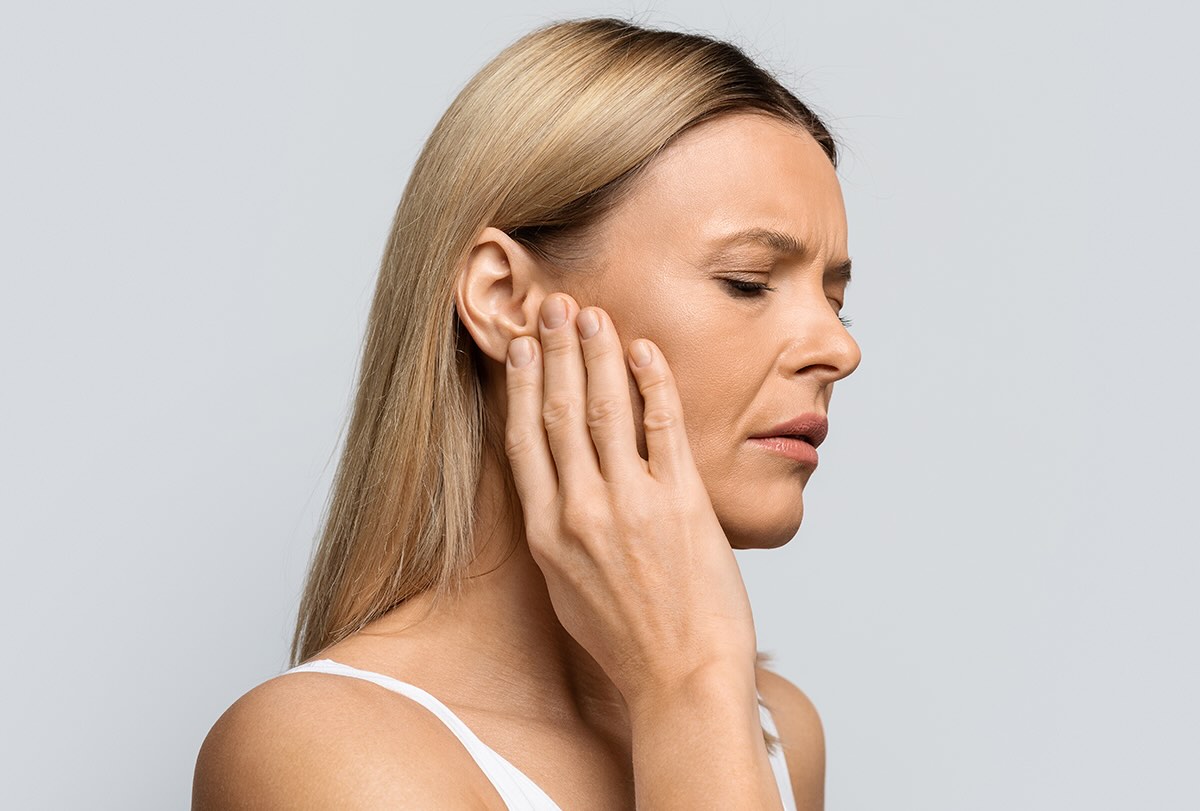

Bathroom Appliances
How To Get Water Out Of Your Ear With A Hair Dryer
Modified: August 17, 2024
Learn how to use a hair dryer to safely remove water from your ear. Find out the best techniques for drying out your ear at home.
(Many of the links in this article redirect to a specific reviewed product. Your purchase of these products through affiliate links helps to generate commission for Storables.com, at no extra cost. Learn more)
Introduction
Have you ever experienced the discomfort of water trapped in your ear after a refreshing swim or a relaxing bath? It's a common annoyance that can cause not only discomfort but also potential health risks if not addressed promptly. The good news is that you can safely and effectively remove water from your ear using a simple household tool – a hair dryer. In this comprehensive guide, we'll delve into the science of water in the ear, the risks associated with leaving it untreated, and the step-by-step process of using a hair dryer to alleviate this pesky problem. So, let's embark on this journey to discover the art of safely and efficiently getting water out of your ear with a hair dryer.
Key Takeaways:
- Don’t let water in your ear ruin your day! Safely use a hair dryer on low heat and gentle airflow to dry out trapped water, avoiding discomfort and potential infections.
- Remember, patience is key when using a hair dryer to remove water from your ear. Stay safe by maintaining a safe distance, low heat, and gentle airflow, and seek medical attention if needed.
Understanding Water in the Ear
When water becomes trapped in the ear canal, it can lead to a sensation of fullness, discomfort, and impaired hearing. This occurs when water enters the ear during activities such as swimming, bathing, or showering. The ear canal, a tube-like structure leading to the eardrum, is designed to protect the delicate eardrum from foreign objects and water. However, under certain circumstances, water can become trapped, creating a perfect environment for bacteria and fungi to thrive.
Once water is trapped in the ear, it can disrupt the delicate pH balance and natural environment of the ear canal, leading to a condition known as swimmer’s ear (otitis externa). This can result in symptoms such as itching, redness, swelling, and pain. Additionally, if the water remains in the ear for an extended period, it can increase the risk of developing an ear infection, which may require medical attention.
Understanding the anatomy of the ear and the potential risks associated with water accumulation underscores the importance of promptly and effectively removing water from the ear to prevent discomfort and potential health complications.
Risks of Leaving Water in the Ear
Leaving water trapped in the ear can pose various risks to your aural health and overall well-being. One of the primary concerns is the potential for developing an ear infection, particularly swimmer’s ear (otitis externa). When water lingers in the ear canal, it creates a conducive environment for bacteria and fungi to multiply, leading to inflammation and infection.
Swimmer’s ear can cause symptoms such as itching, redness, pain, and swelling of the ear canal. In some cases, it may also result in discharge and difficulty hearing. If left untreated, the infection can progress and lead to more severe complications, including the spread of infection to surrounding tissues and even the development of an abscess.
Moreover, prolonged exposure to moisture in the ear can disrupt the natural pH balance and protective wax layer, making the ear more susceptible to infections and irritation. This can compromise the ear’s natural defense mechanisms, increasing the likelihood of developing recurrent ear issues.
Aside from the risk of infection, leaving water in the ear can also lead to discomfort, temporary hearing impairment, and a sense of imbalance. It can interfere with daily activities and impact overall quality of life, especially if the sensation persists for an extended period.
By understanding the potential risks associated with water trapped in the ear, it becomes clear that prompt and effective removal of water is essential to mitigate these concerns and maintain optimal ear health.
Use a hair dryer on the lowest setting, hold it about a foot away from your ear, and gently move it around to help evaporate the water. Be careful not to hold it too close or use a high heat setting.
How to Safely Remove Water from the Ear with a Hair Dryer
Using a hair dryer to remove water from the ear can be an effective and convenient method, provided it is done safely and correctly. Here’s a step-by-step guide to safely removing water from your ear using a hair dryer:
- Choose the Right Hair Dryer: Select a low-heat setting on your hair dryer to avoid excessive heat exposure to the delicate skin of the ear and the ear canal. High heat can cause discomfort and even burn the skin, so it’s crucial to use the lowest heat setting available.
- Hold the Hair Dryer at a Safe Distance: Hold the hair dryer at least 12 inches away from your ear to prevent direct contact with the skin. Maintaining a safe distance helps distribute the warm air evenly without causing discomfort or potential injury.
- Tilt Your Head: Gently tilt your head to the side, allowing the affected ear to face downward. This position helps the water to drain naturally as the warm air facilitates evaporation.
- Begin the Drying Process: Turn on the hair dryer and aim the warm air towards the ear, ensuring that the airflow is gentle and not directed too forcefully into the ear canal. Move the hair dryer in a sweeping motion to cover the entire area around the ear, allowing the warm air to reach the trapped water.
- Use a Warm, Not Hot, Air: Ensure that the air emitted by the hair dryer is comfortably warm, not hot. Excessive heat can cause discomfort and may damage the delicate skin of the ear, so it’s important to maintain a gentle and warm airflow throughout the process.
- Patience is Key: Allow the warm air to circulate around the ear for a few minutes, periodically pausing to assess if the water has started to evaporate. Be patient, as the process may take some time depending on the amount of water trapped in the ear.
- Assess and Repeat if Necessary: After a few minutes, assess if the sensation of water in the ear has diminished. If water remains, repeat the process, ensuring that you maintain the safe distance and gentle airflow to avoid discomfort or injury.
By following these steps, you can safely and effectively use a hair dryer to remove water from your ear, providing relief from discomfort and reducing the risk of potential complications associated with trapped water.
Precautions and Tips for Using a Hair Dryer to Remove Water from the Ear
While using a hair dryer to remove water from the ear can be an effective method, it’s essential to observe certain precautions and follow specific tips to ensure safety and maximize the effectiveness of the process. Here are some important precautions and tips to keep in mind:
- Low Heat Setting: Always use the lowest heat setting on the hair dryer to avoid exposing the delicate skin of the ear to excessive heat, which can cause discomfort and potential injury.
- Safe Distance: Maintain a distance of at least 12 inches between the hair dryer and the ear to prevent direct contact and minimize the risk of burns or discomfort.
- Gentle Airflow: Ensure that the airflow is gentle and not directed forcefully into the ear canal. A mild, sweeping motion with the hair dryer helps distribute the warm air evenly without causing discomfort or injury.
- Monitor the Temperature: Test the air temperature on your hand before directing it towards the ear to ensure that it is comfortably warm and not hot. This helps prevent potential burns and discomfort.
- Patience and Persistence: Be patient during the drying process, as it may take some time for the water to evaporate. If the sensation persists, repeat the process, ensuring a gentle and consistent airflow.
- Avoid Inserting Objects: Refrain from inserting cotton swabs, fingers, or any objects into the ear canal to remove water, as this can push the water further in or cause injury to the delicate structures of the ear.
- Seek Medical Attention if Needed: If the sensation of water in the ear persists despite using a hair dryer or if you experience pain, discharge, or signs of infection, seek medical attention promptly to address any underlying issues.
- Consider Alternative Methods: If using a hair dryer does not alleviate the sensation of water in the ear, consider alternative methods such as tilting the head, performing the Valsalva maneuver, or using over-the-counter drying drops recommended by a healthcare professional.
By adhering to these precautions and tips, you can safely and effectively use a hair dryer to remove water from your ear, minimizing the risk of discomfort, injury, and potential complications associated with trapped water.
Conclusion
Water trapped in the ear can be an uncomfortable and potentially risky situation, but with the right approach, it can be effectively remedied. By understanding the risks associated with leaving water in the ear and the safe methods for its removal, you can address this common issue with confidence.
Using a hair dryer to remove water from the ear is a simple and accessible solution, provided that it is done safely and with the necessary precautions. By following the step-by-step process outlined in this guide and adhering to the recommended tips, you can alleviate the discomfort of water in the ear and reduce the risk of potential complications such as swimmer’s ear.
It’s important to approach the use of a hair dryer for ear drying with patience, attentiveness to safety, and an understanding of the delicate nature of the ear’s anatomy. By maintaining a low heat setting, a safe distance, and gentle airflow, you can effectively facilitate the evaporation of trapped water without causing discomfort or injury.
However, if the sensation of water in the ear persists or is accompanied by pain, discharge, or signs of infection, it’s crucial to seek medical attention promptly. A healthcare professional can provide a thorough evaluation and recommend appropriate treatment if necessary.
Ultimately, the ability to safely and effectively remove water from the ear with a hair dryer empowers individuals to address this common discomfort proactively. By combining knowledge of the risks, safe practices, and alternative methods, you can navigate the experience of water in the ear with confidence and maintain optimal ear health.
Remember, when it comes to your ears, attentiveness to safety and a proactive approach to addressing discomfort can make a significant difference in your overall well-being.
Frequently Asked Questions about How To Get Water Out Of Your Ear With A Hair Dryer
Was this page helpful?
At Storables.com, we guarantee accurate and reliable information. Our content, validated by Expert Board Contributors, is crafted following stringent Editorial Policies. We're committed to providing you with well-researched, expert-backed insights for all your informational needs.
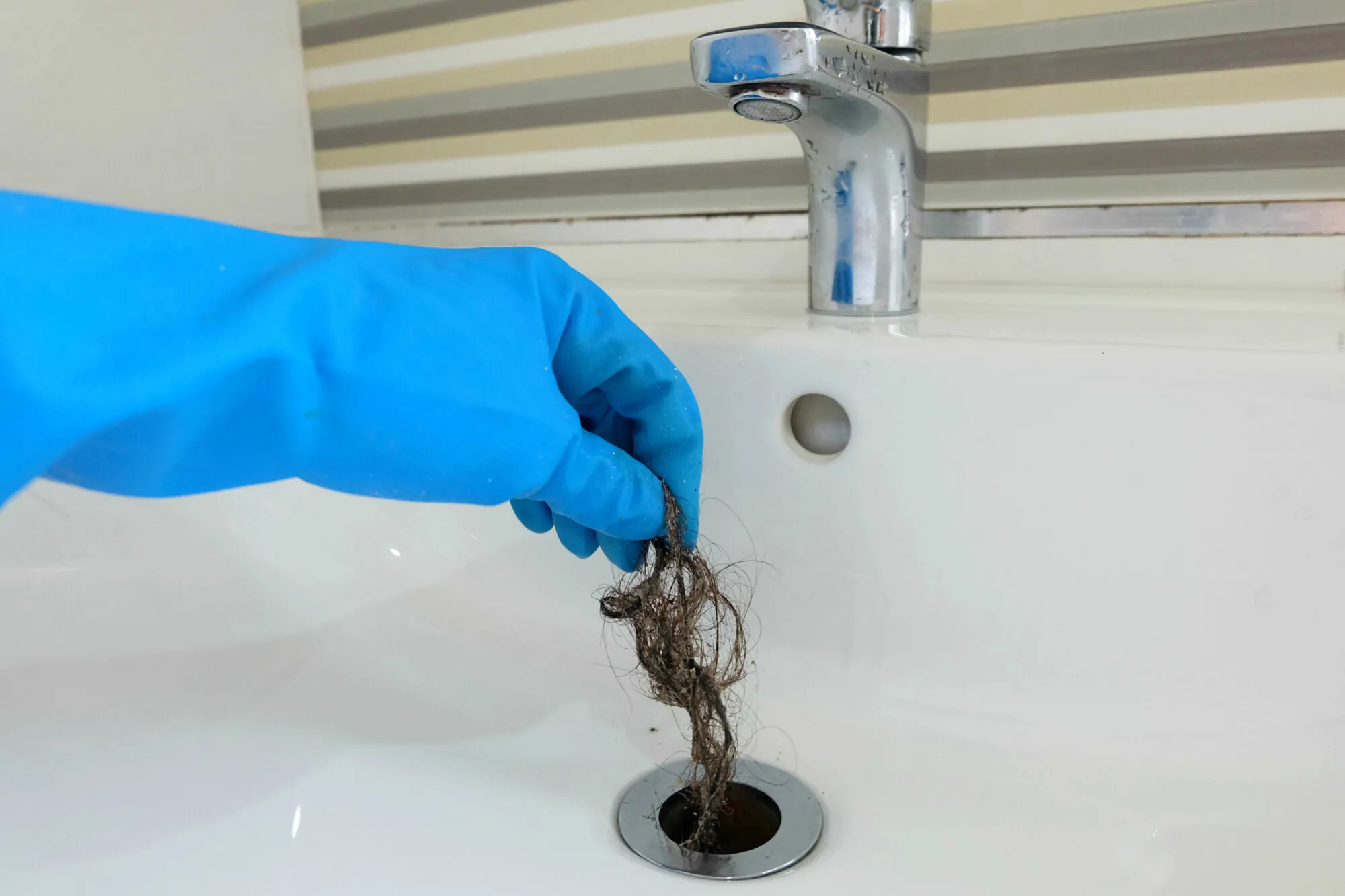
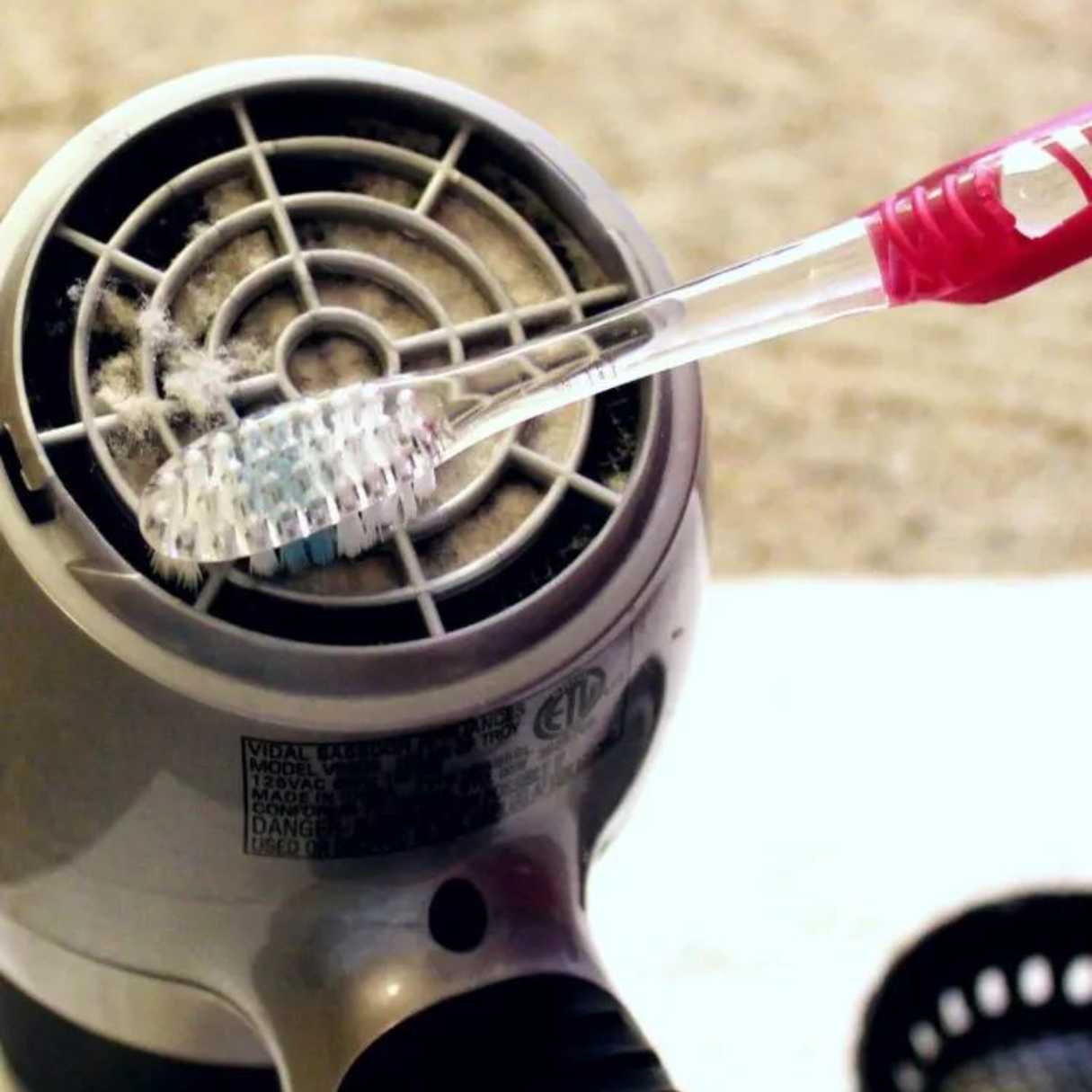
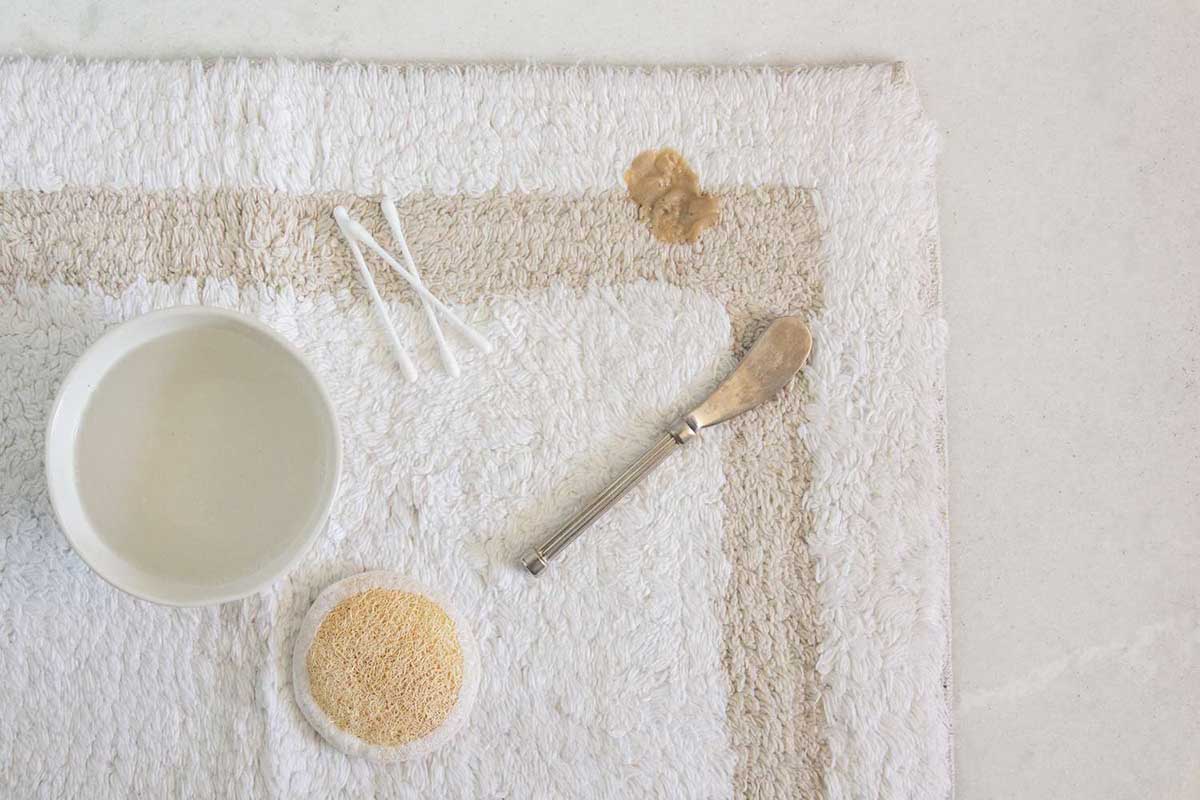
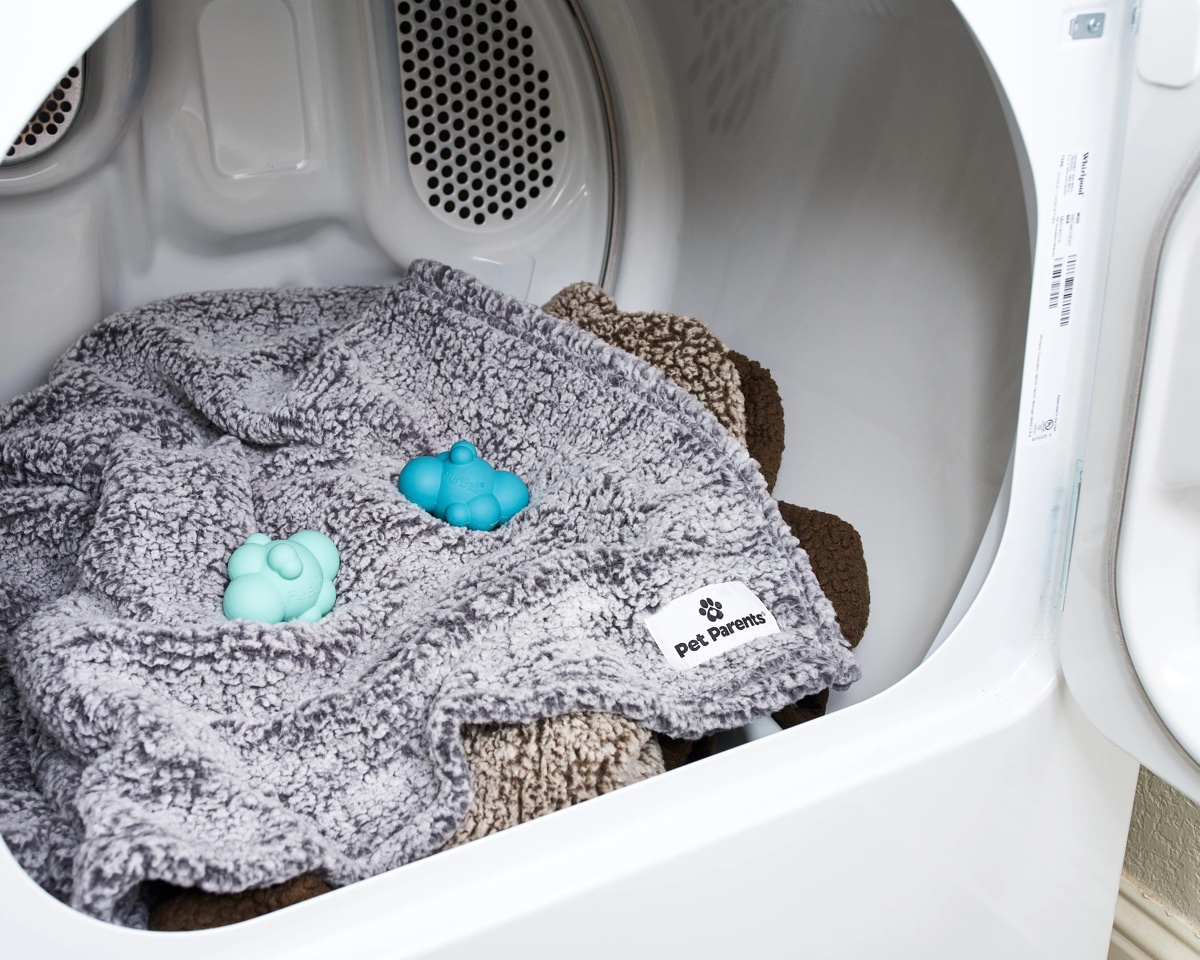
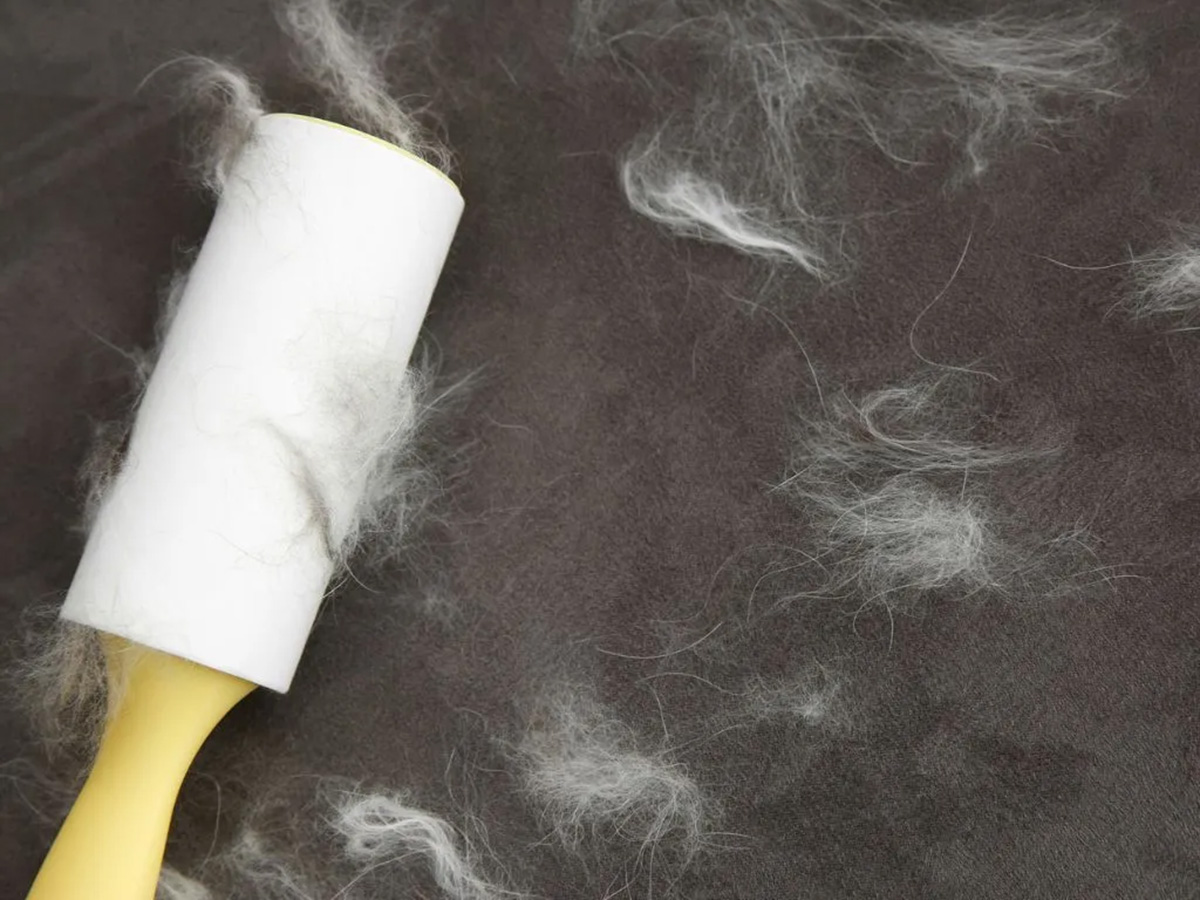
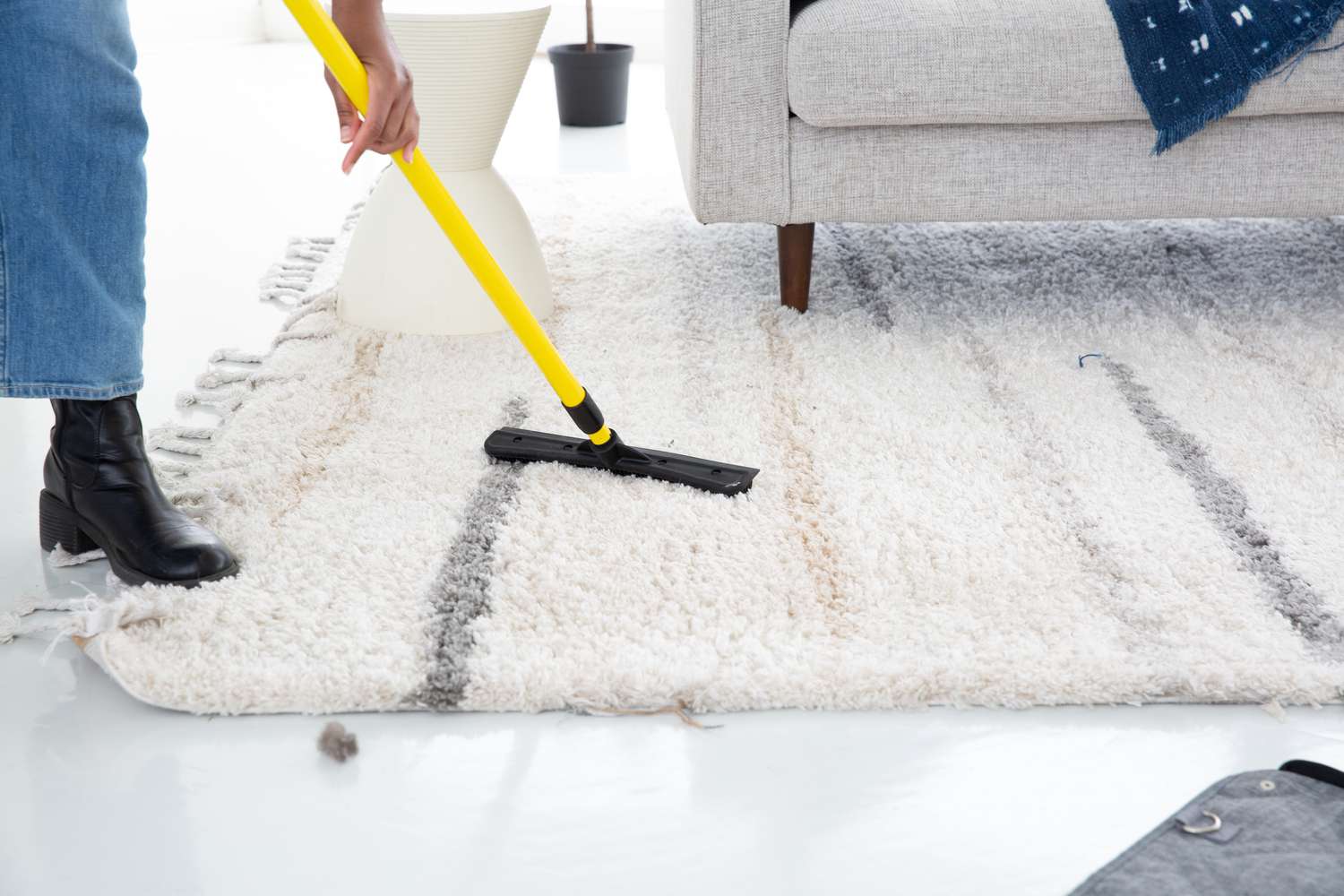
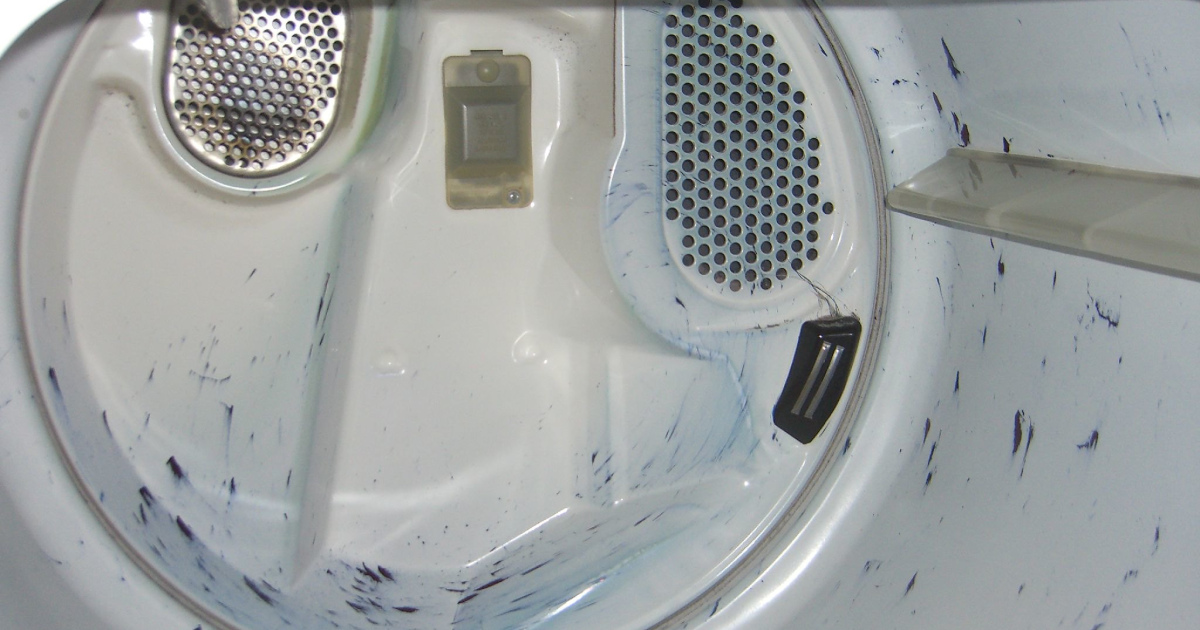
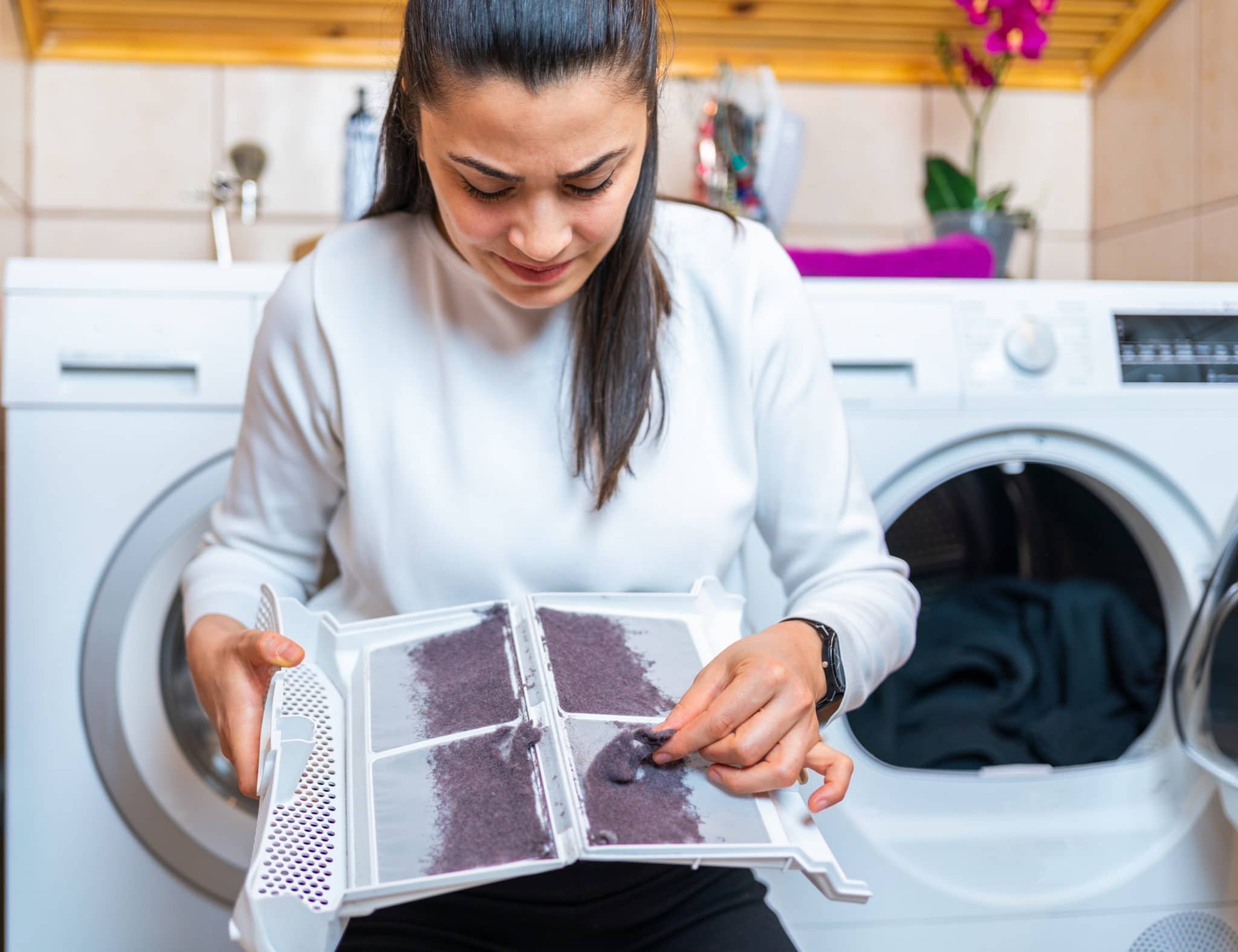
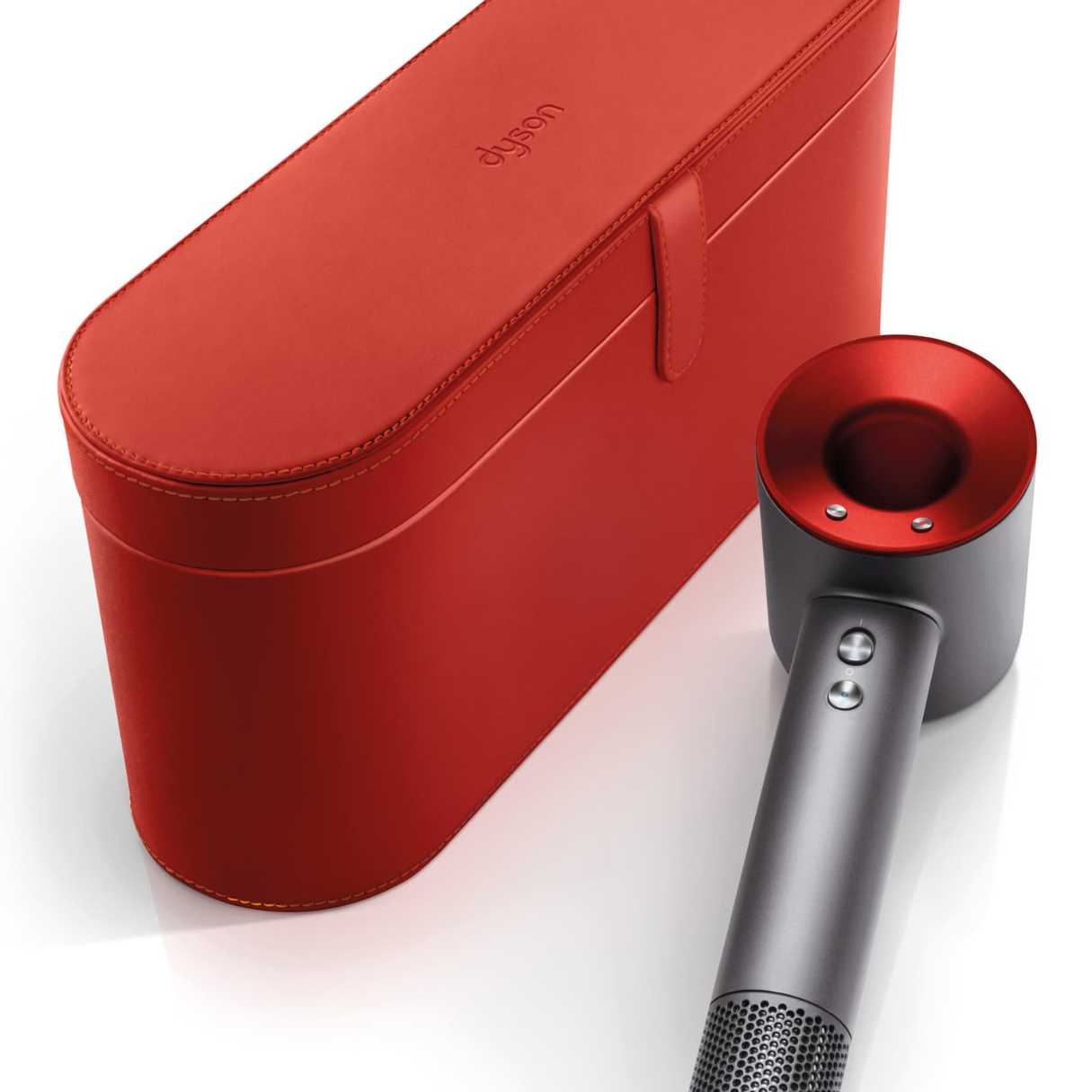
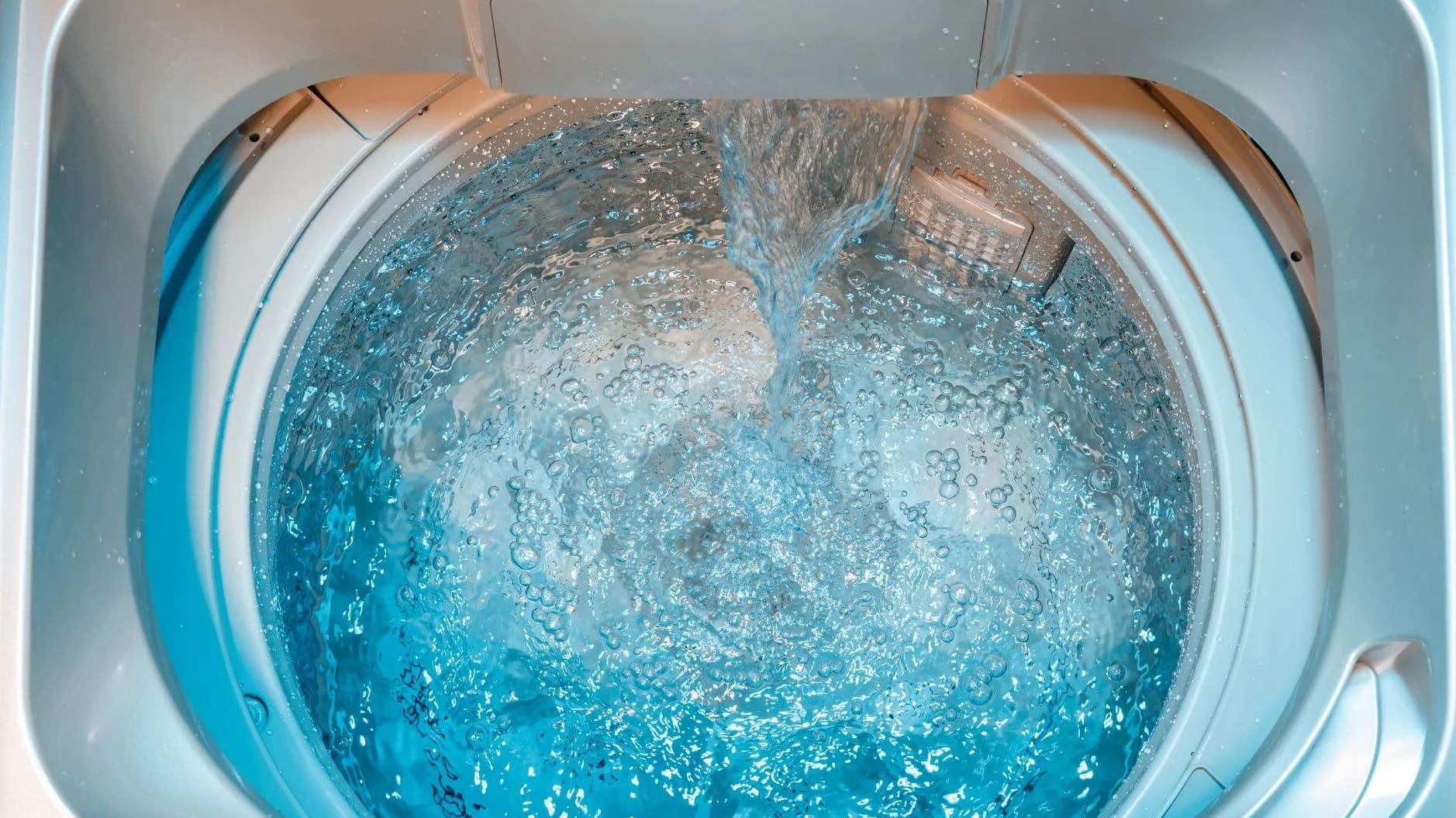
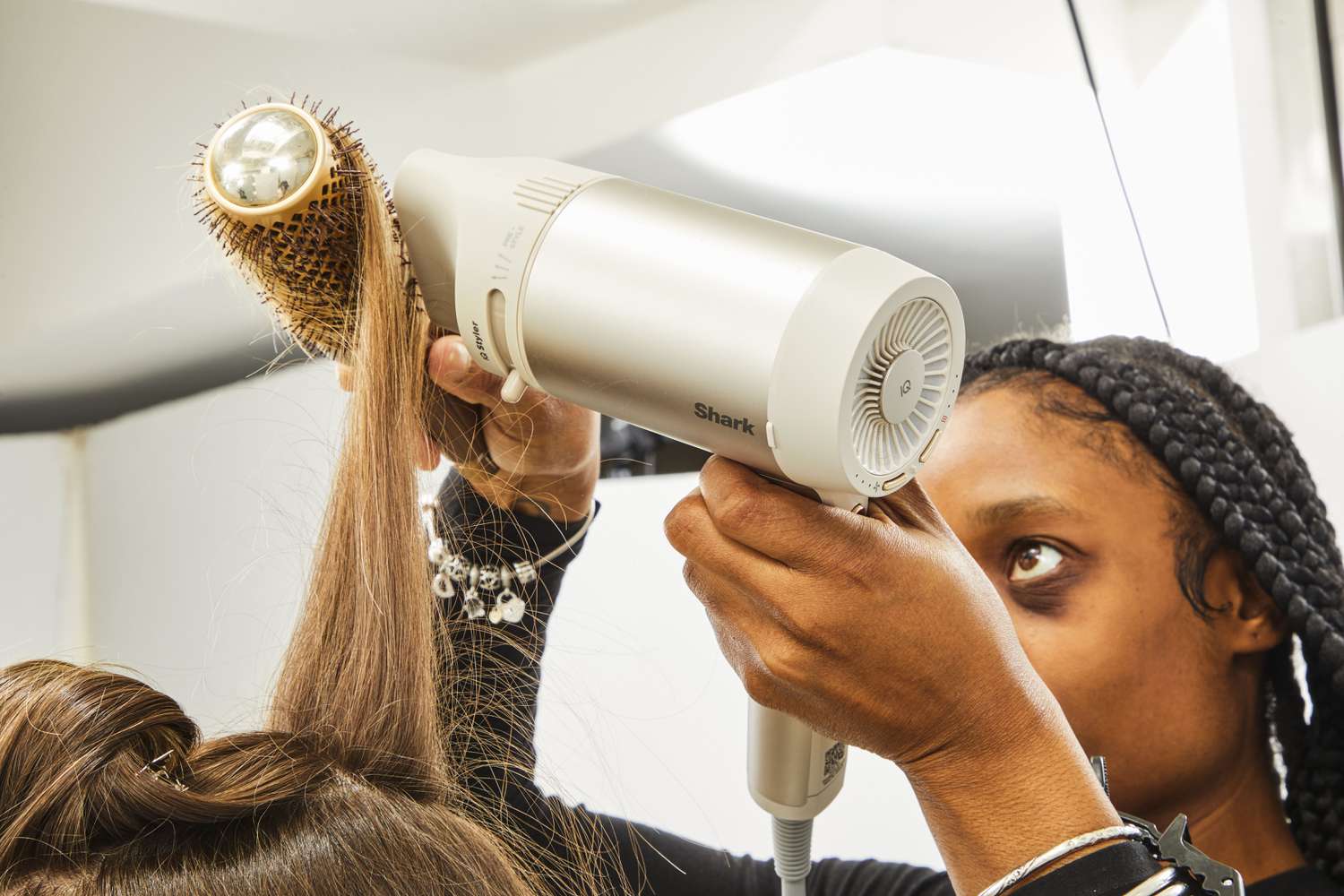
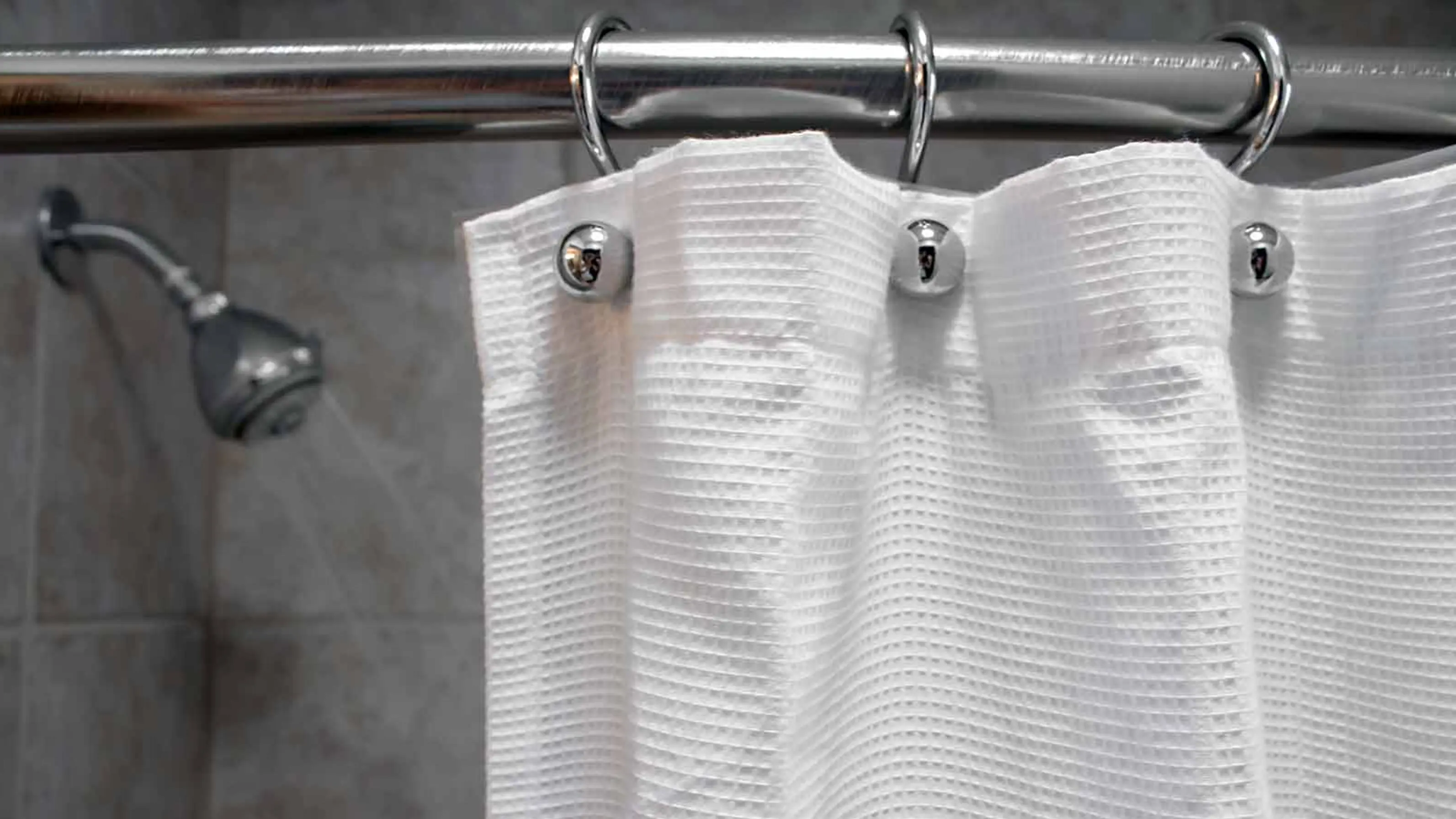
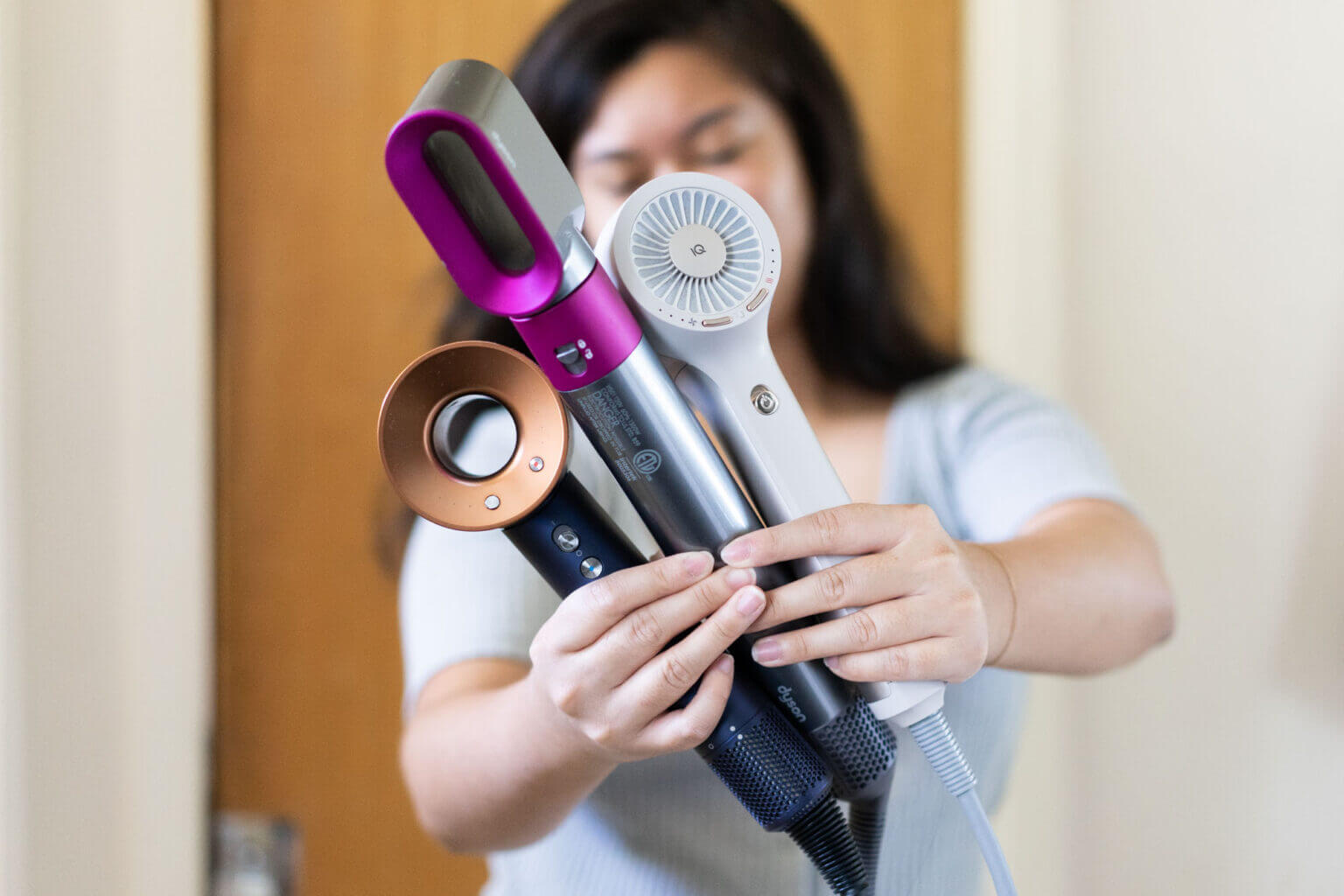
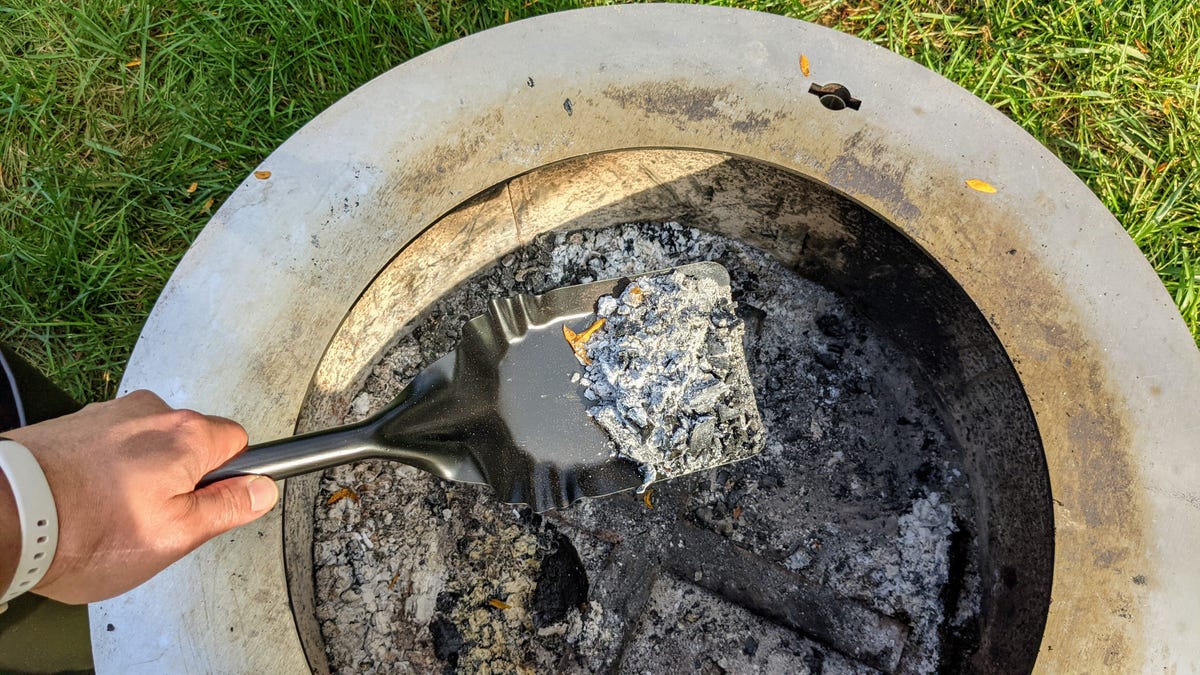

0 thoughts on “How To Get Water Out Of Your Ear With A Hair Dryer”